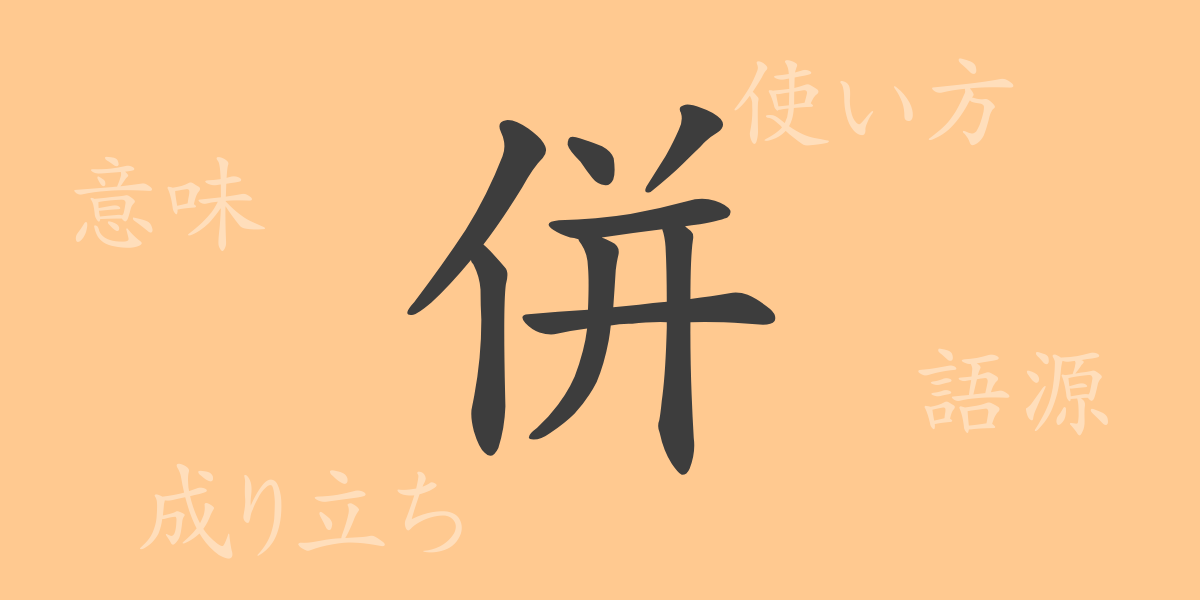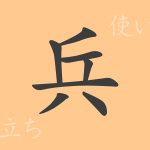The beauty of the Japanese language is reflected in its delicate characters. One such character, commonly used in everyday kanji, is “併” (hei). Its form and history are deeply rooted in our language. In this article, we will explore the fascinating world of the kanji “併” (hei), from its origins and meanings to its usage, idioms, and phrases.
Origins of 併 (hei)
The kanji “併” (hei) is derived from pictographs developed in ancient China. Originally, there was the character “並” (hei), which became the traditional form of “併” (hei). This character consists of “亻” (ninben), meaning “to stand,” and “并” (hei), meaning “to line up.” Consequently, “併” (hei) came to represent the image of people standing in a row, and from there, it evolved to mean “to combine” or “to do simultaneously.”
Meaning and Usage of 併 (hei)
“併” (hei) means “to combine,” “to join together,” or “to do simultaneously.” It is often used when aligning or integrating multiple things into one. For example, it is used in corporate mergers or when handling multiple events at the same time. Additionally, “併せて” (awasete) can be used adverbially to mean “furthermore” in a sentence.
Reading, Stroke Count, and Radical of 併 (hei)
Let’s take a closer look at the details of the kanji “併” (hei).
- Reading: It is read as “ヘイ” (hei) in on’yomi and “あわ.せる” (awa.seru) and “なら.べる” (nara.beru) in kun’yomi.
- Stroke Count: It has a total of 8 strokes.
- Radical: Its radical is “亻” (ninben), which signifies a person.
Idioms, Phrases, and Proverbs Using 併 (hei)
There are numerous idioms, phrases, and proverbs that include the kanji “併” (hei), each showcasing the rich expressions of the Japanese language.
- 併用 (heiyou): Using two or more things together.
- 併設 (heisetsu): Establishing something new alongside something existing.
- 併行 (heikou): Two things being carried out in parallel.
- 併記 (heiki): Adding and recording another item in a document.
- 併せ持つ (awasemotsu): Having two or more qualities or abilities.
Summary of 併 (hei)
The kanji “併” (hei) is a character with diverse meanings and uses, rooted in its composition and history. In Japanese, it is indispensable for expressing concepts such as mergers, parallelism, and integration. Understanding and correctly using this kanji can enhance the precision of language and enable richer expressions.

























